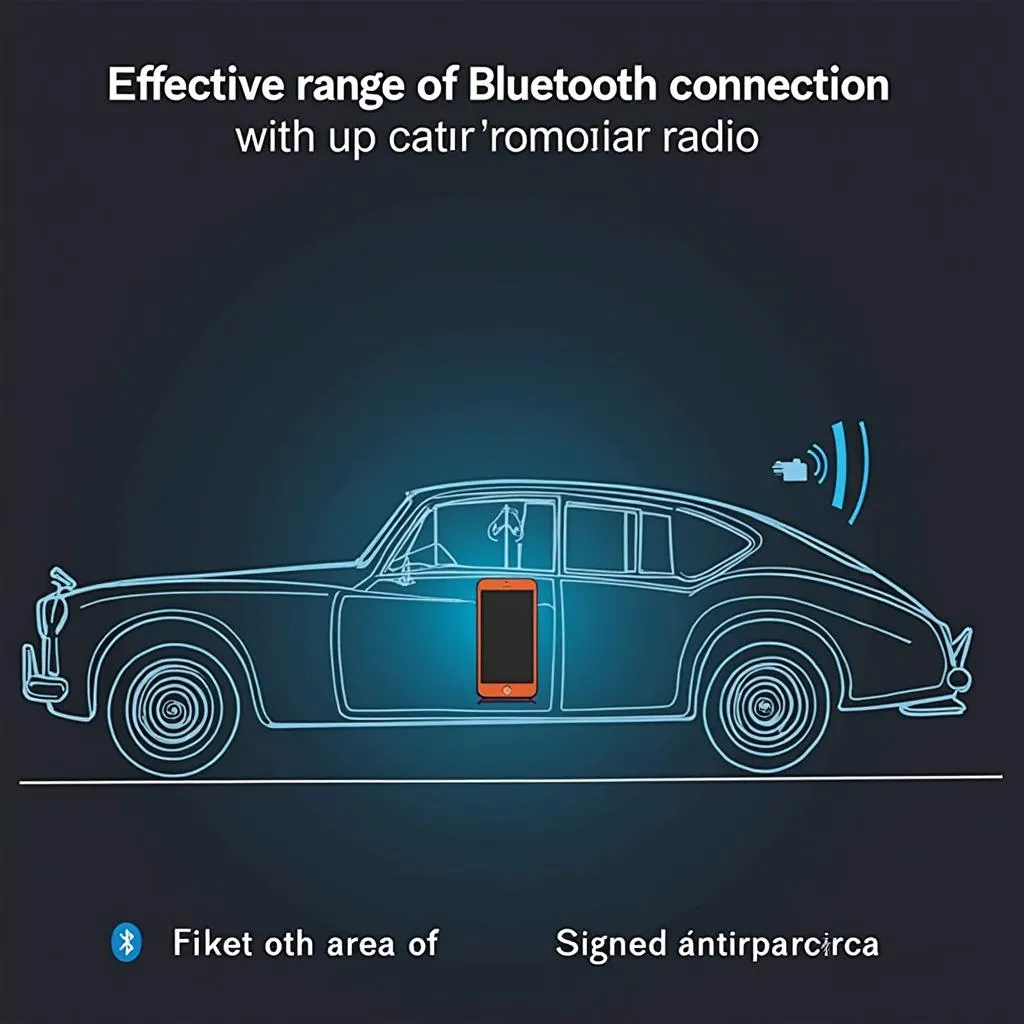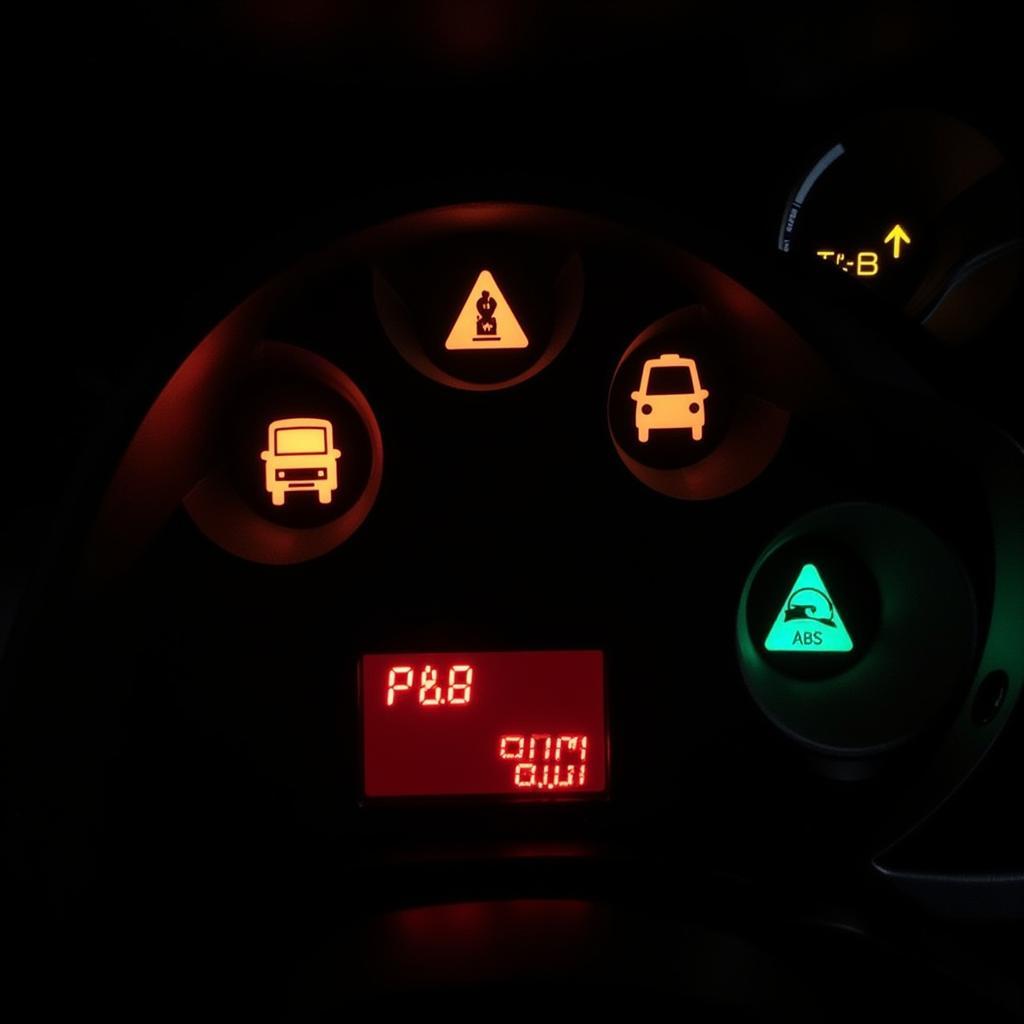The dreaded brake pad warning light has illuminated your C300’s dashboard, inducing a sense of urgency and perhaps a touch of panic. Don’t worry, this is a common issue and we’re here to guide you through it. In this article, we’ll demystify the C300 brake pad warning, explain its implications, and empower you to address this situation like a seasoned Mercedes owner.
Understanding the C300 Brake Pad Warning Light
Your Mercedes-Benz C300 is equipped with a sophisticated system designed to keep you safe on the road. The brake pad warning light is a crucial element of this system, alerting you when your brake pads have worn down and require attention.
What triggers the warning? A sensor embedded within the brake pad itself monitors the remaining pad thickness. Once the pad wears down to a predetermined level, this sensor activates the warning light on your dashboard.
Why You Shouldn’t Ignore the Brake Pad Warning
Ignoring this warning can lead to:
- Reduced Braking Efficiency: Worn brake pads significantly reduce your car’s ability to stop quickly and safely.
- Damage to Rotors: Driving with worn pads can cause damage to the brake rotors, leading to costly repairs.
- Safety Hazard: Driving with compromised brakes puts you, your passengers, and other drivers at risk.
What to Do When the Warning Light Appears
- Assess the Urgency: While the brake pad warning light signals the need for attention, it doesn’t always mean you need to stop immediately. If you’ve recently experienced a sudden decrease in braking performance or hear grinding noises when braking, it’s crucial to stop driving and have your vehicle towed to a mechanic immediately.
- Schedule an Inspection: If you’re experiencing normal braking performance, schedule an appointment with a qualified mechanic specializing in Mercedes-Benz vehicles as soon as possible.
- Don’t Delay: Prolonging brake pad replacement can exacerbate the issue, leading to more extensive (and expensive) repairs down the line.
Brake Pad Replacement: What to Expect
During a brake pad replacement, a mechanic will:
- Remove the worn brake pads
- Inspect the brake rotors for damage and resurface or replace them if necessary
- Install new brake pads
- Reset the brake pad warning light
“Remember, addressing brake issues promptly is essential for maintaining optimal safety and performance in your C300,” says master Mercedes technician, John Miller. “Don’t hesitate to seek professional help to ensure the job is done right.”
Beyond Brake Pads: Other Potential Causes
While the most common culprit behind a C300 brake pad warning light is worn brake pads, other possibilities exist:
- Faulty Brake Pad Sensor: Like any electronic component, the brake pad sensor itself can malfunction, triggering a false warning.
- Brake Fluid Leak: A leak in your brake fluid system can also activate the warning light.
- Electrical Issues: In rare cases, an electrical issue within the vehicle’s system may be responsible.
A qualified mechanic can diagnose the precise cause of the warning light and recommend the appropriate course of action.
Prolonging the Life of Your Brake Pads
- Smooth Braking: Avoid harsh braking whenever possible. Gradual braking reduces wear and tear on your brake pads.
- Anticipate Stops: Looking ahead and anticipating stops allows you to brake more gently.
- Reduce Load: Carrying excessive weight in your vehicle puts added stress on your braking system.
Resetting the Brake Pad Warning Light
In some cases, you may be able to reset the brake pad warning light yourself after replacing the pads. However, this process can vary depending on your C300’s model year. For detailed instructions on how to reset the light on a 2012 C300, you can refer to this guide: 2012 c300 brake pad warning light reset.
Conclusion
The brake pad warning light in your Mercedes-Benz C300 is a crucial safety feature designed to alert you to potential braking issues. Addressing this warning promptly and proactively ensures the optimal performance and safety of your vehicle. Remember, when it comes to brakes, it’s always best to err on the side of caution and seek professional assistance.


